To grow human organs in pigs. What can go wrong?
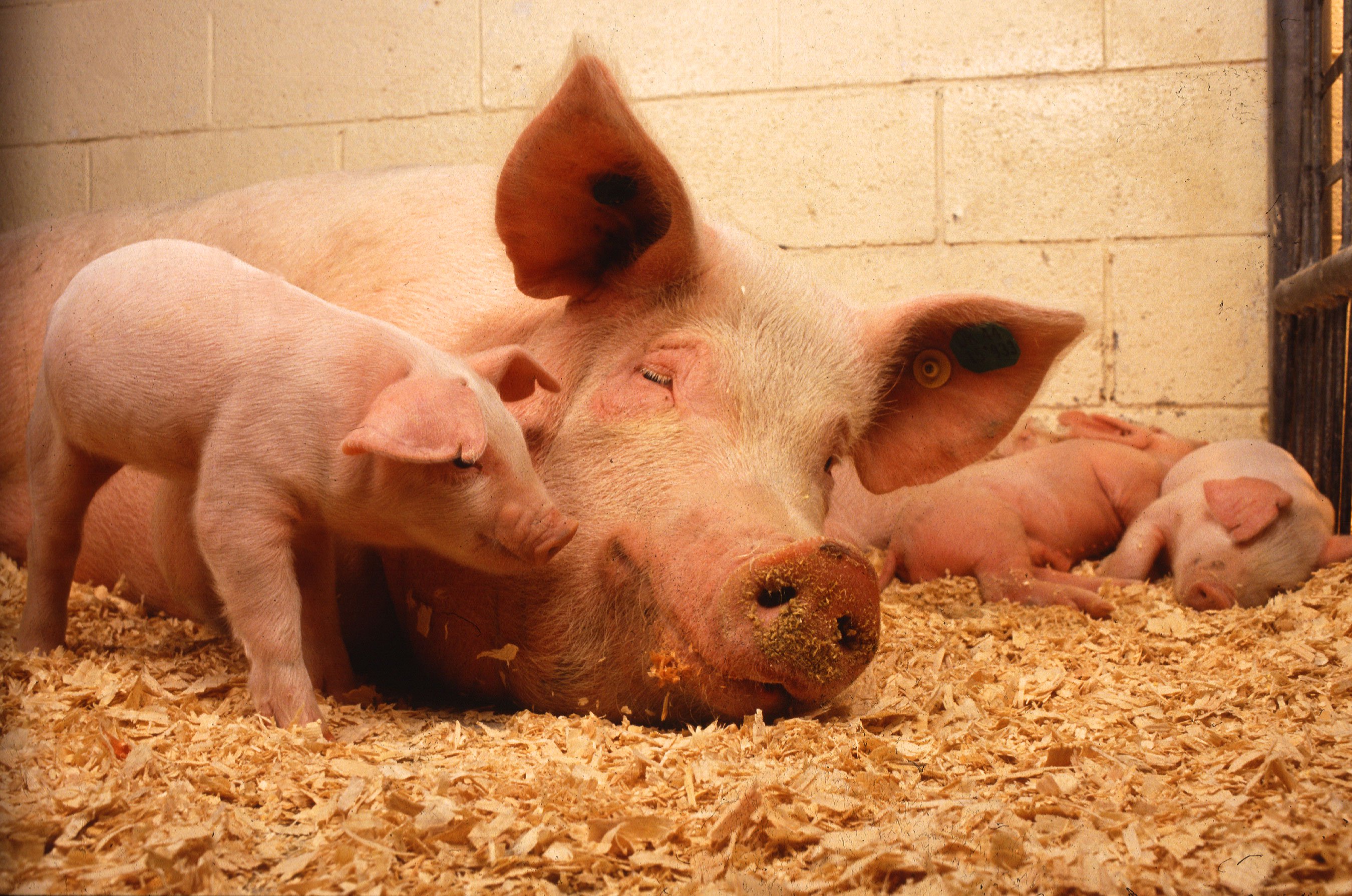 Source:
Source:
For the ancient Greeks, a Chimera was an ominous creature — partly lion, partly goat and partly a snake. The first Chimera, which Juan Carlos Belmonte Izpisua created in 1992 was significantly less terrible: it consisted of embryonic mouse limbs grafted on the wing of the chick embryo. At that time Belmont was a young scientist working in the lab in Heidelberg . He was fascinated by the mysteries of gene expression and biological signals that control the development of the animal — and the pure potential of embryonic cells.
Take any vertebrate: a chicken, pig, human. At maturity, they are completely different organisms, but begin with one and the same. Belmonte began to wonder: if the mouse foot can settle down on a chicken wing, what else might be possible? How scientists can change the signals that determine what will be the creature?
theis it Possible to grow from one creature and another?
The Interest of Belmonte to the flexibility of the embryos were, in a sense, personal. As a child of poor, uneducated parents in rural areas in the South of Spain, he was forced for several years to leave school to support his family, working on the farm. And just as a teenager he returned to the classroom — and from that moment quickly passed from philosophy (favorite was Nietzsche and Schopenhauer) to pharmacology and genetics.
By 2012, Belmont became one of the world's foremost biologists, working in his own lab at the Salk Institute, La JOLLA, California, and one in its native Spain. Like his colleagues worldwide, he was pondering how to use a powerful new tool in the Arsenal of this discipline — platform editing of genes of CRISPR-Cas9. After the first serious work on CRISPR, Belmonte quickly found a goal. Only in the US, about 100,000 people are in the queue for organ transplants at any given time, and about 8,000 of them die every year because of the lack of donors. According to Belmonte, CRISPR and chimeras could be the solution. He was hoping to use a new technique to edit the genes to transform the bodies of cattle in the chambers of the human heart, kidneys, liver and lungs.
The Search for Belmonte started with research on mice. Using CRISPR, he and his team removed the genes which enabled the animals to grow multiple organs, including the eyes, heart and pancreas. Instead of allowing these modified mouse embryos to develop on their own, scientists Salk introduced into the mix some stem cells of rats. Then, cells rats had replaced the missing organs and animals lived a normal mouse life. By 2017, Belmonte and his colleagues moved on to larger subjects. They introduced the stem cells of human embryos 1500 regular pigs are then implanted these embryos sows. For about 20 days some of them turned into a Chimera of man-pigs. It was a modest success. Embryos have been much more pork than human: 100 000 pigs was 1 human. But the experiment was successful: it was the first chimeric embryos, created through the merger of two major, distantly related species.
As in the case of mice and rats, Belmonte plans to use CRISPR to turn off the desire of the pig to create their own bodies, and then to fill the gap of human cells. But the second step is to get human cells to take root in pigs with higher speed — was a hell. "The effectiveness of the mouse-rat is very good. The effectiveness of the man-pigs are not particularly high. That's the problem". Today in the lab Belmonte is a complex process of trial and error — the scientists check how the various cells of animals and humans interact, in the hope to apply the information obtained to the chimeras pigs and humans. But even this painstaking process, according to scientists, by the standards of previous years is very fast. Using traditional methods they would have had "hundreds of years". But thanks to NASA we can very quickly collect a lot of genes and modify them.
If CRISPR helped Belmont to his ambitions, he also sent it at one of the most thorny ethical area of science. Ancient people believed chimeras a bad omen, and modern people are similar — especially when the border between man and animal is blurred. In his address 2006, US President George Bush called the creation of such hybrids is one of the "most egregious abuses of medical research." In 2015, Belmonte found out that claims to be a Pioneer Award, one of the most prestigious and generous grants by the National Institute of health. Then it turned out that the line work was suspended — because of his work with chimeras. In the same year, the nih has suspended Federal funding of any research dedicated to the introduction of human stem cells into animal embryos, citing the need of thinking about ethical problems. A year later, the moratorium promised to cancel, but so far no funding. Bartlesville eventually received the Pioneer Award, however, most of the experiments with pigs in Spain conducted their own expense.
John de Vaux, Director of the Department of cell and tissue engineering, University hospital of Montpellier in France, easily represents the worst-case scenario involving porcine chimeras. For example, if too much human cells get into the brain of a pig, the animal could theoretically develop new types of consciousness andmind. (In 2013, scientists from Rochester, new York, has introduced the mice cells of the human brain — and mice were smarter than their peers). "It would be terrible to imagine a form of human consciousness, trapped in the body of the animal," says de Vaulx. What if scientists will accidentally create a pig, is able to comprehend its own suffering, with a sense of moral injustice? Even if you could kill the animal to extract its organs, does not agree with what many activists for the protection of animals, it would surely be monstrous to kill a creature with humanlike intelligence to deprive him of the pancreas.
Belmonte offers a direct solution to this problem: we need more CRISPR. Using edit the genes according to him, scientists will be able to prevent the colonization of the pig brain human cells. Such interference can interfere with human DNA to penetrate into the germ line of pigs — that it is not passed on to future polosato people. This is another scenario that makes Bielikov to wince. "In the laboratory there are technologies that could help us to avoid these ethical problems," says Belmonte.
Studies of the chimeras is only one of the major areas that are being developed in the laboratory 58-year-old Belmonte using CRISPR. He and his team have also conducted numerous experiments on epigenetic editing — CRISPR variation that modulates the expression of genes, and not break the DNA sequence itself. Because of this, fully address the symptoms of diabetes, kidney disease and muscular dystrophy in mice. You can say scientists are trying to defeat aging itself.
"He pushes the boundaries of what we can do currently," says Pablo Juan Ross, Professor in the Department of Zoology at the University of California at Davis, which conducts experiments with chimeras in pigs and sheep in his own laboratory. Both scientists are interested in proving the value of the edit genes and create chimeras. Ross relies on the fact that we can't abandon technologies that will allow us to grow organs in the animals, before another teen dies in a car accident.
But Belmont did not hurry, despite his own impatience. He decided to destroy the first fruits of chimeric embryonic pigs during the first trimester, before they develop into something more ethically complicated — despite the fact that in Spain, where they were grown, the rules would allow Belmont to kill animals at any time. And he's wary of editing the genes in humans. "We need to learn much more before using CRISPR on people," he says. "I would not yet dare to make it beyond the lab."
Progress should not only be in science. Needs to be a thorough debate on the topic of editing genes and the voice must be not only scientists, but doctors, the public and the government. De Vaux agrees: "Einstein made fundamental researches in the field of physics. But at country level it was decided to apply these results to the bombing of Hiroshima — not at the level of scientists."
Belmonte firmly believe that today, scientists are on the verge of cure diseases, reverse aging, and save lives with the help of grown organs. It can change our own evolution, our own species.
Do You agree with him? Tell us in the Telegram.
Recommended
What will be the shelter for the first Martian colonists?
Mars is not the friendliest planet for humans While the Red Planet is roaming rovers, researchers are pondering the construction of shelters and materials needed by future Martian colonists. The authors of the new paper suggest that we could use one ...
New proof of string theory discovered
Just a few years ago, it seemed that string theory was the new theory of everything. But today the string universe raises more questions than answers String theory is designed to combine all our knowledge of the Universe and explain it. When she appe...
What is the four-dimensional space?
Modeling camera motion in four-dimensional space. View the world in different dimensions changes the way we perceive everything around, including time and space. Think about the difference between two dimensions and three dimensions is easy, but what...
Related News
Why the Universe has more matter than antimatter?
Why do we exist? This is perhaps the most profound question that may seem beyond elementary particle physics. But our new at the Large hadron Collider at CERN has brought us closer to the answer. To understand why we exist, you fi...
Chinese police began to train a cloned dog
In 2018, the Chinese company Sinogene Biotechnology cloned 7-year-old dog Huachana, who years earlier received awards from the Ministry of public security of the PRC for his contribution in solving murders. It is expected that its...
Remember, the scientists turned the clock back? So, it was not
If you believe everything you read on the Internet (including us), quantum physicists are to be congratulated. Sounds cool: scientists (and even Russian) . Direct Back to the future. It all started with an article in Scientific Re...
Spider silk is suggested to be used as a muscle robots
Spider silk, already known as one of the most durable materials with their weight, has another unusual property which can lead to the emergence of new types of artificial muscles or robotic actuators, the researchers found. Elasti...
SpaceX first launched a manned spacecraft Crew Dragon to ISS
here's what was waiting for many years and that was postponed in the course of repeated transfers: the launch from SpaceX. Just from launch pad LC-39A space center. Kennedy in Florida (and from there flew Apollo and space Shuttle)...
Freaky DNA from the eight letters could belong to aliens
Traditional consists of four base pairs A, C, G and T. But the recently established genetic system Packed eight — twice as many as usually found in self-replicating molecules. The new system is called "Hetemaj", and what is most i...
13-year-old Jackson Oswalt became the youngest person to build a fusion reactor
In the world of science there is a new contender for the title of young nuclear physicist, has attained a thermonuclear fusion reaction. It is a 13-year-old boy named Jackson Oswalt, living in Tennessee (). While his peers, which ...
Physics of extraterrestrial life: aliens should be similar to earthlings
By the end of this century, says astrophysicist Martin Rees, we need to answer the question, we live in a multiverse or not, and how different the laws of physics in its constituent universes. The answer to this question, accordin...
The Universe has almost no antimatter. Why?
When we look at the Universe, all its planets and stars, galaxies and clusters, gas, dust, plasma, we see everywhere the same signature. We see a line of atomic absorption and emission, we see that matter interacts with other form...
NASA has made stem cells "invisible" to the immune system
Scientists from the University of California at San Francisco used a system of gene editing CRISPR-Cas9 to create the first pluripotent stem cells, which are functionally "invisible" to the immune system. This event is biological ...
Is it possible to learn in your sleep? It is possible
From chronic insomnia help audio books, podcasts, and sleeping pills. If you load books on all night, they will gradually penetrate into dreams. And the funny thing is, sometimes you can even remember what he heard in the morning....
What "super powers" possess people?
before we discuss why people like themselves believe in them. Superheroes in our days everywhere: television shows, movies, games. There are even toy versions of the superheroes — who have not played with these "people-spiders" ma...
Earth unique is life on other planets quickly died
"Riddle of why we haven't found any signs of aliens, maybe not so much connected with the probability of emergence of life or intelligence, but with the extremely rapid emergence of the biological regulation of feedback loops on a...
Programmer-biohacking, grown rich on bitcoin, plans to create designer babies
Keyboard Brian Bishop in Austin, Texas, were literally steaming. Recognized nationwide high-speed typewriting, he was preparing a polite request, well-known futurist from the UK. Wanted to get advice about their "startup designer ...
We need more powerful nuclear engines to explore space. The production of plutonium-238 is growing
last year, "Voyager 2" finally broke through to interstellar space, having more than 18 billion kilometers. This epic mission was possible thanks to nuclear energy technology which spacecraft worked for decades. The spacecraft, si...
Artificial intelligence will determine your age on intestinal microflora
Many bacteria and other tiny organisms that live in your gut, which is often referred to as the microbiome or microflora, to not just help you digest food and fight diseases. As described in detail in a new study, they also provid...
How did the periodic table of elements periodic
every field of science is your favorite anniversary. Physicists it's "Principles" Newton's book of 1687, which introduced the laws of motion and gravity. Biologists celebrate Darwin's "Origin of species" (1859) and his birthday (1...
Underground microbes has almost reached immortality
last month, the Deep Carbon Observatory announced the astounding fact: the mass of microbes living beneath the Earth's surface, is from 15 to 23 billion tons of carbon, about 245-385 times the mass of carbon of all people. It is a...
The dream of physicists: what colliders would be much cooler than the Large hadron?
If the physics of elementary particles get their way, new accelerators will be able one day to thoroughly explore the curious sub-atomic particle in physics — the Higgs boson. Six years after the discovery of this particle at the ...
A scientist accidentally found the oldest version of the periodic table
Sometimes you can discover truly amazing and incredibly valuable things, conducting a General cleaning of the room, is where the most cleaning is never really done. Don't believe? Just ask the doctor of chemistry Alan Aitken of St...



















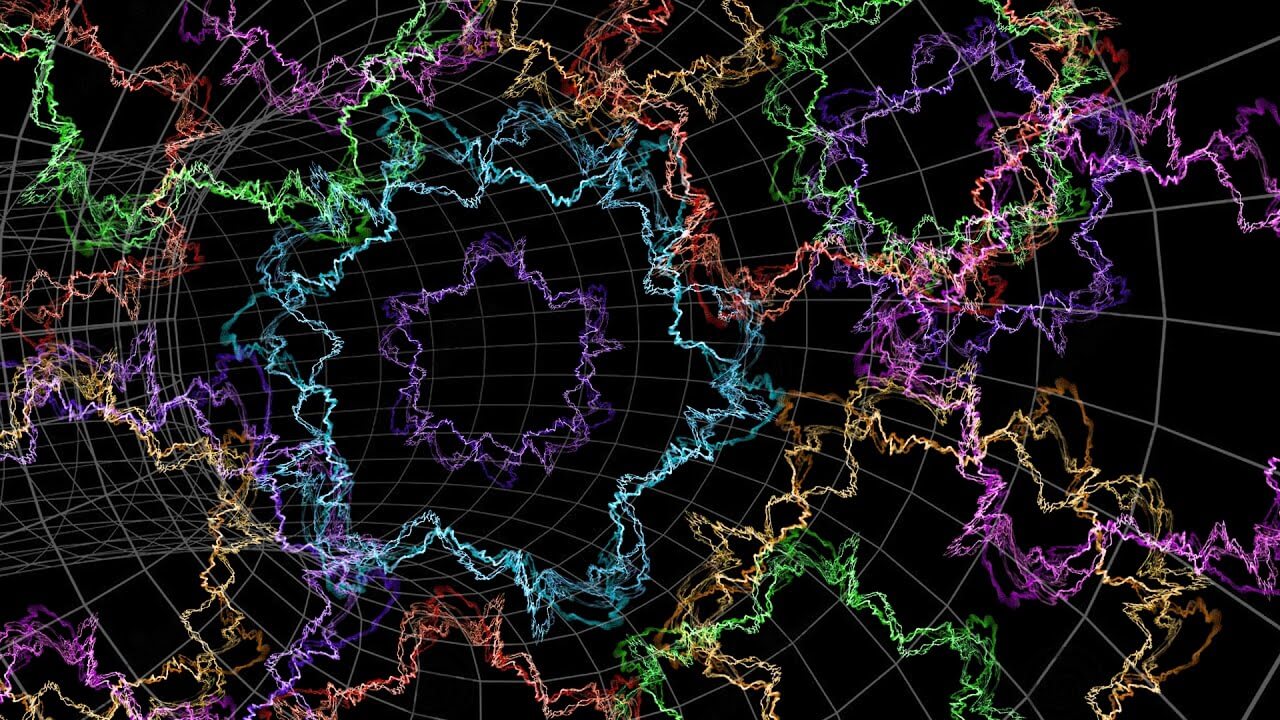

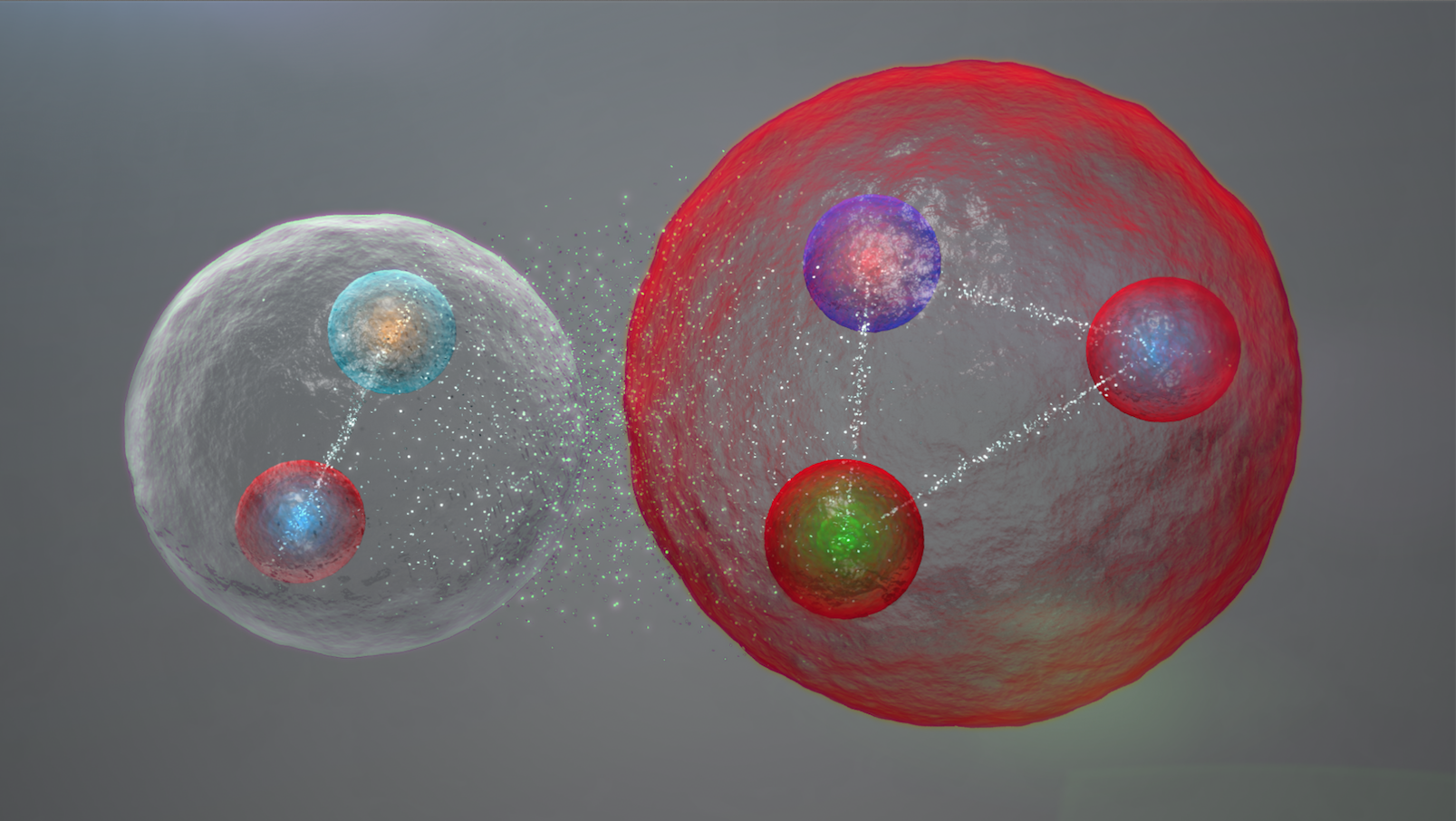
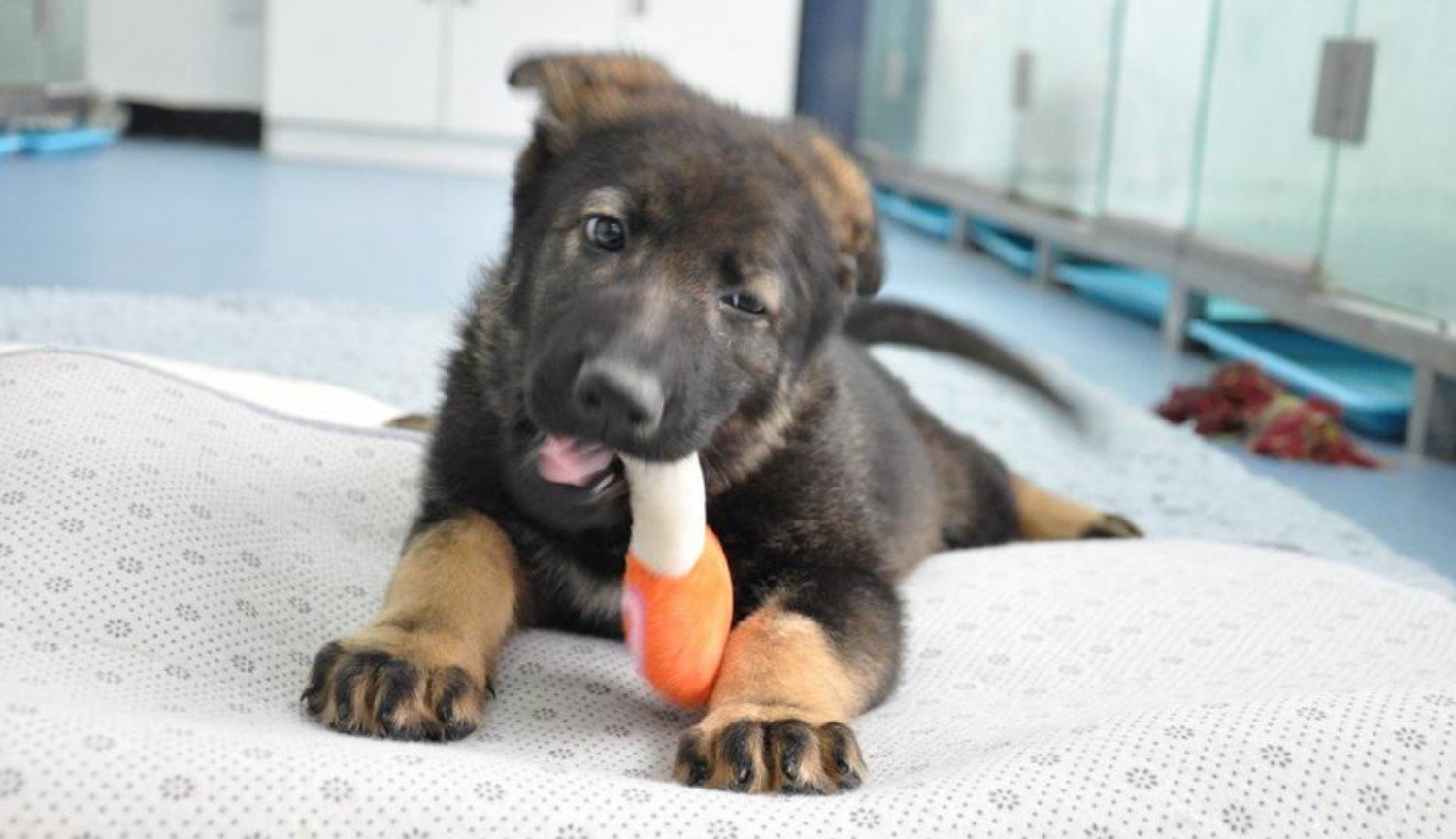

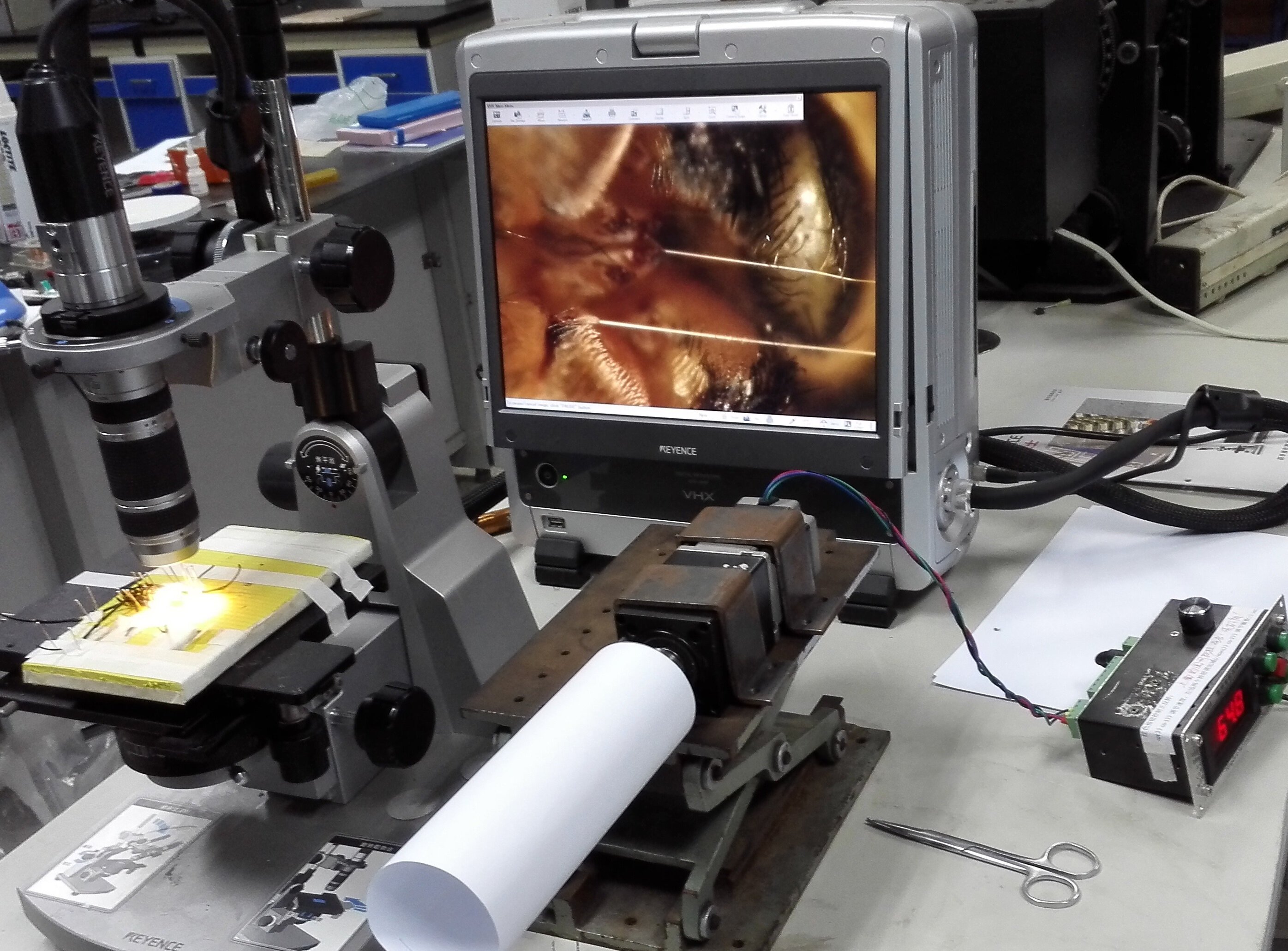

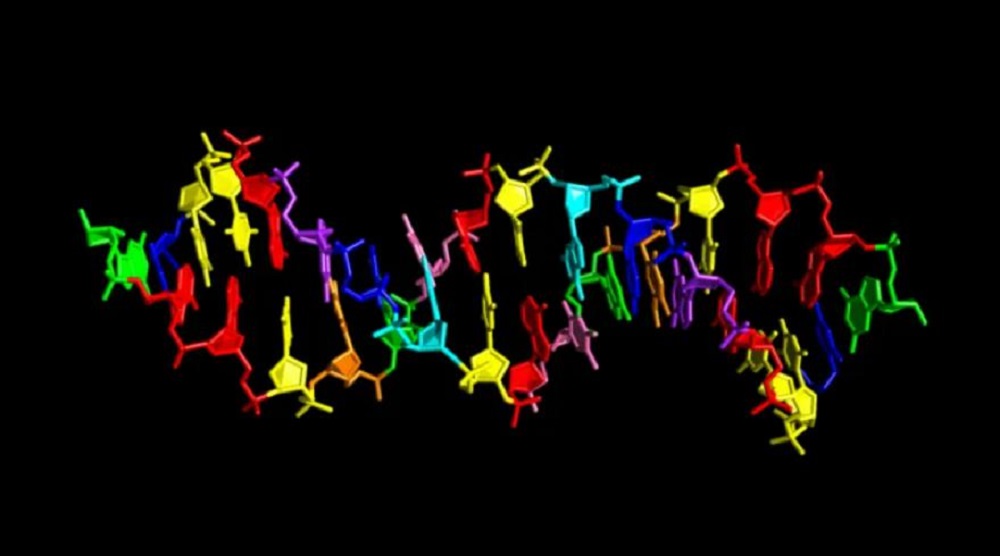
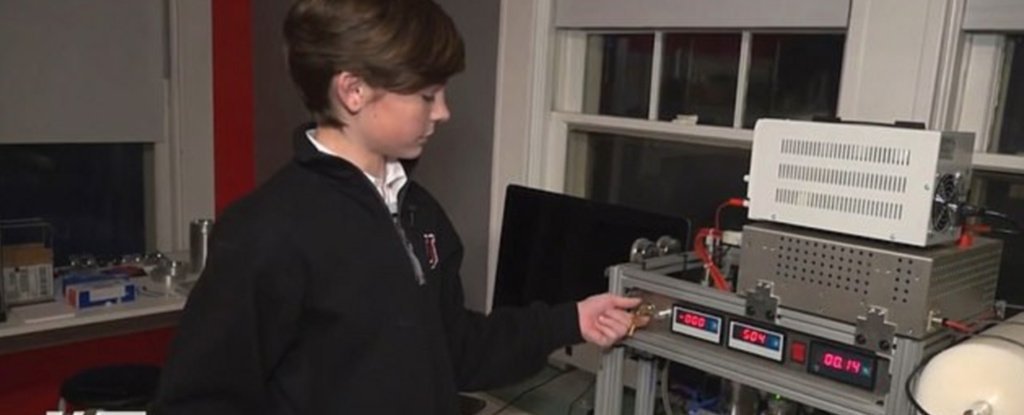
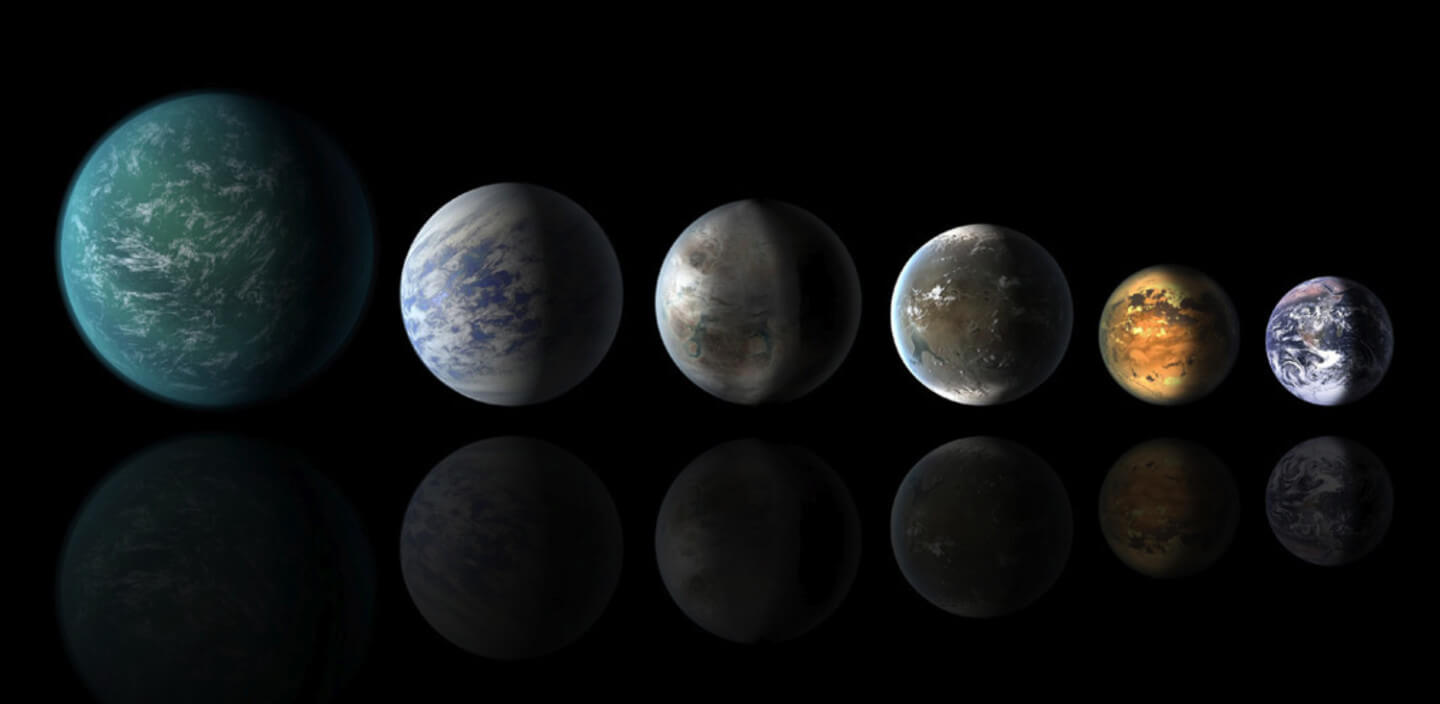

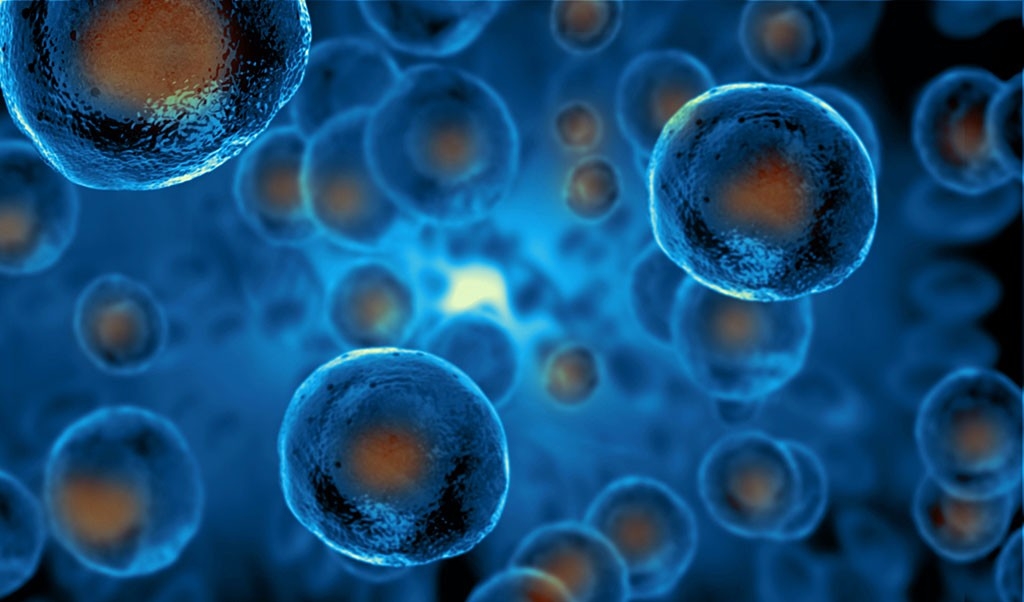



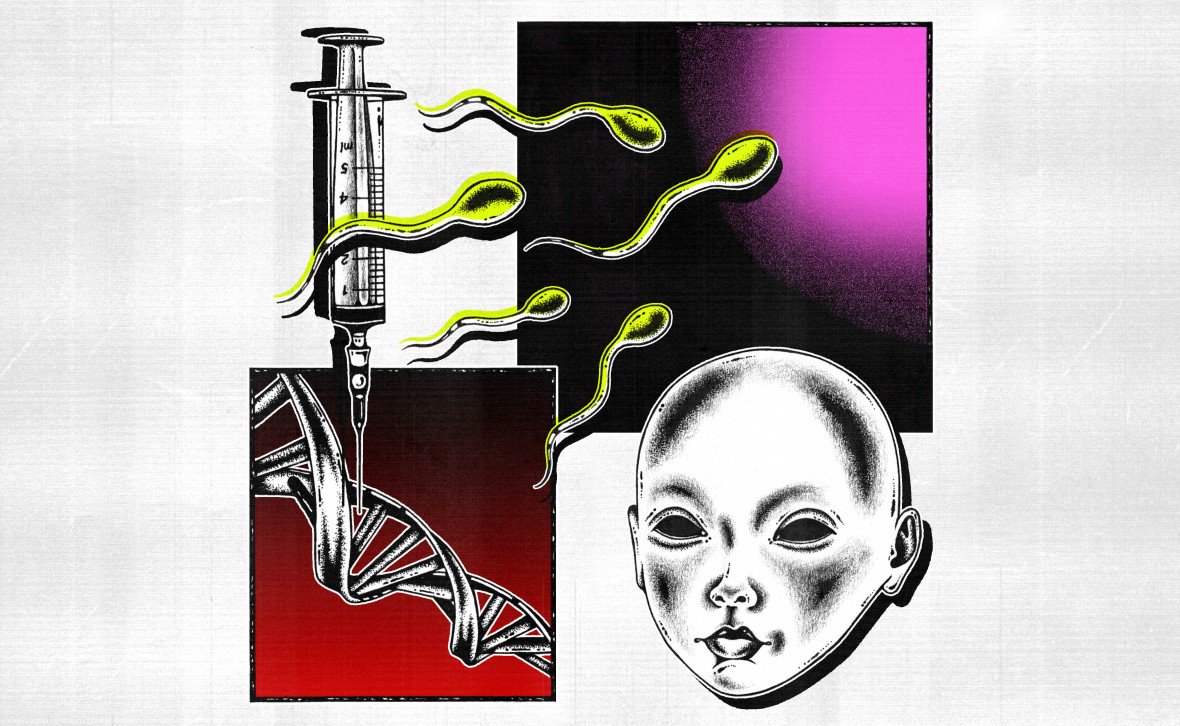
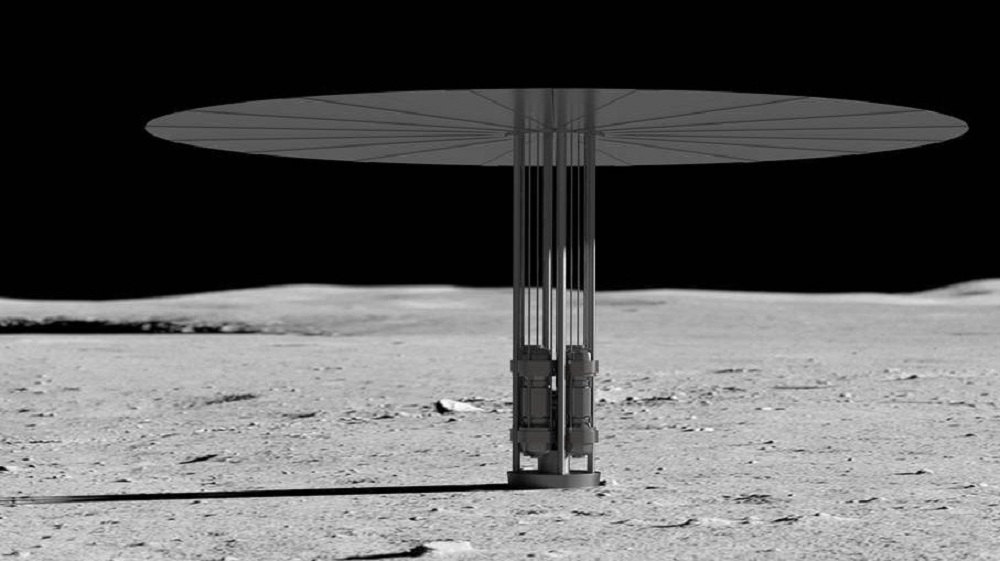


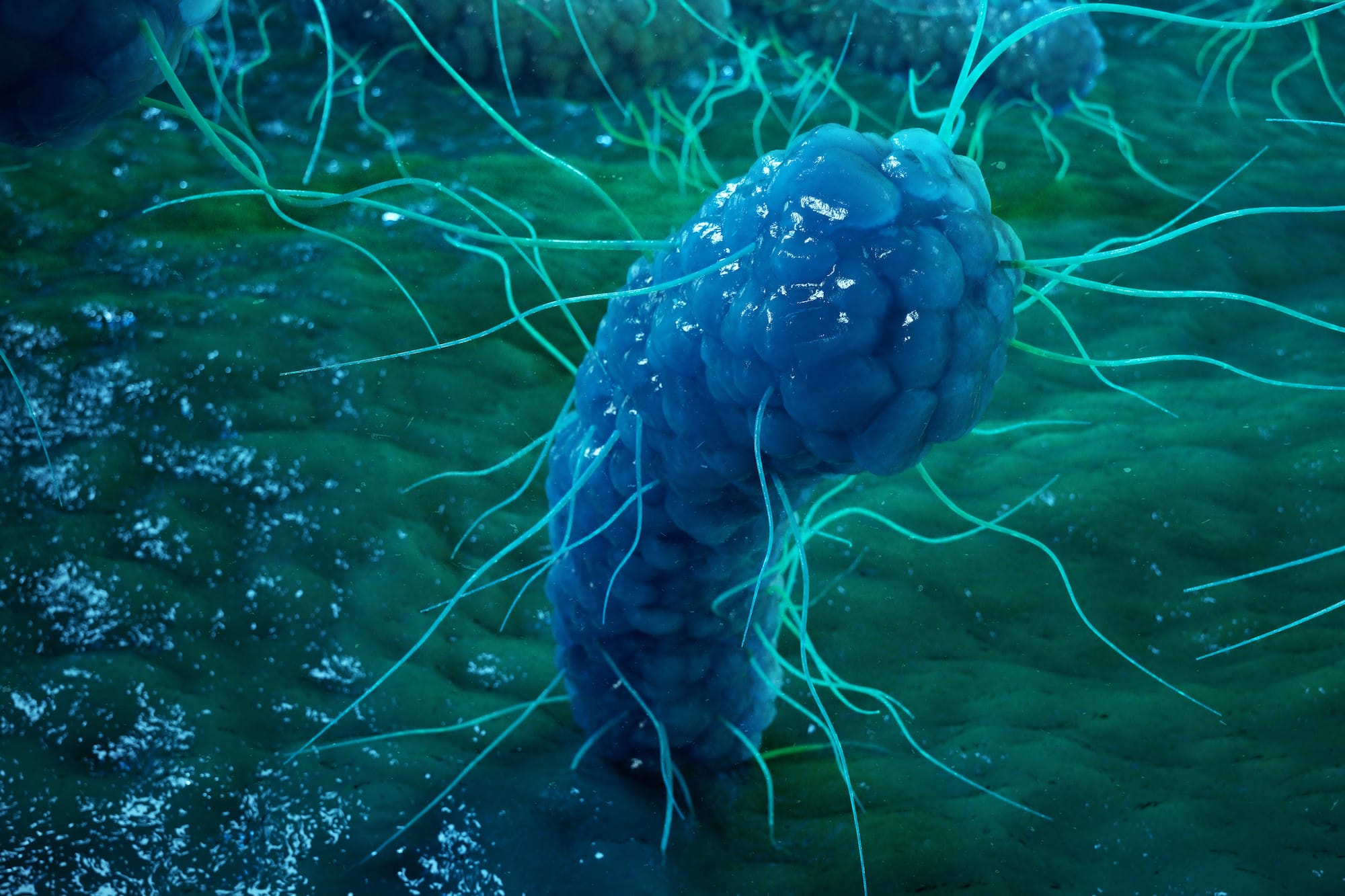
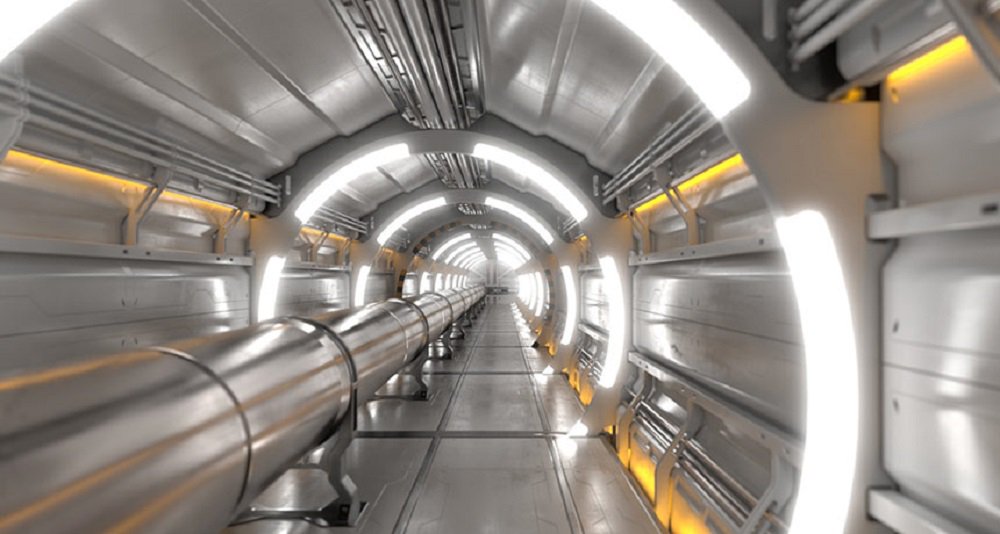

Comments (0)
This article has no comment, be the first!